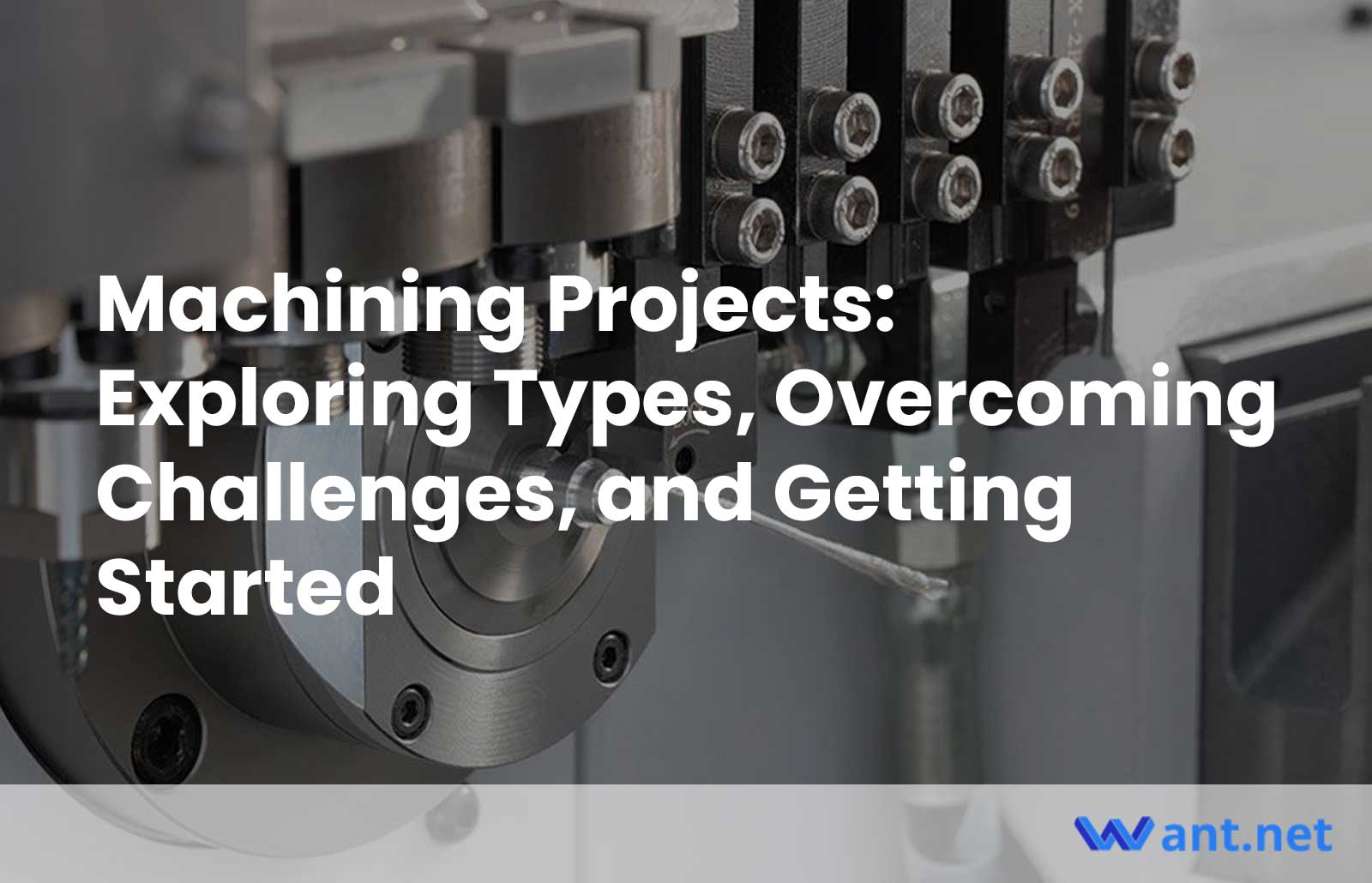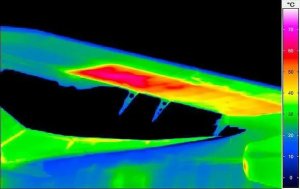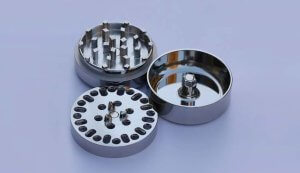In the world of manufacturing, machining plays a crucial role in transforming raw materials into precision parts. It involves the process of removing excess materials from a workpiece to shape it according to the desired design. This versatile technique, also known as metal cutting operation, finds applications in various industries, ranging from automotive to aerospace.
The Power of CNC Machining
CNC Machining projects encompass a wide range of materials, including metals, plastics, wood, ceramics, and rubbers. While metals are commonly associated with CNC machining, advancements in technology have made it possible to shape diverse materials with equal precision. This flexibility has opened doors to innovation and allowed manufacturers to push boundaries.
Types of Machining Projects
Undertaking machining projects requires skilled machinists and meticulous planning. To fabricate ready-to-use parts, manufacturers offer CNC machining services, leveraging the power of computer numerical control. Let’s explore some common types of machining projects:
1. Milling:
Milling involves removing material from a stationary workpiece using a rotating cutting tool, typically performed with a milling machine. This type of machining project is highly versatile and useful for creating stepped or flat surfaces. It allows for the production of intricate designs, including threads, gears, and complex contours.
Materials such as ABS, acrylic, aluminum, carbon steel, copper, and stainless steel find extensive use in milling projects. Industries ranging from aerospace to consumer electronics rely on CNC milling services to fabricate critical components. For example, in the automotive industry, milling machines shape engine blocks, transmission parts, and intricate brake components with utmost precision.
2. Turning:
Turning is a machining process carried out on a lathe, where the workpiece rotates while the cutting tool remains stationary. This allows for the creation of cylindrical features, such as shafts, cylinders, and cones. Turning operations can be performed on the exterior or interior part of the material, depending on the desired outcome.
Lathes used in machining projects can be either manually operated or automated CNC machines. The advent of 5-axis machining has revolutionized turning, enabling the creation of complex curves and contours. Industries such as automotive, aerospace, and medical rely on turning for manufacturing precision parts, including engine components, turbine blades, and orthopedic implants.
3. Drilling:

Drilling involves creating cylindrical holes on a surface using a rotating cutting tool called a drill. These holes serve various purposes, including fastening, assembly, and fluid passage. Boring, a related process, refines the accuracy and dimensions of the designed holes.
Drilling tools consist of two-edged rotating devices used to create round holes parallel to the axis. Drilling is commonly employed in the production of heavy equipment, construction projects, and infrastructure development. For example, in the oil and gas industry, drilling machines play a vital role in creating wells and extracting valuable resources.
4. Grinding:
Grinding is an abrasive cutting process frequently employed in machining projects to achieve precise surface finishes and dimensional accuracy. It involves using a grinding wheel, embedded with abrasive grains, to remove excess material from a surface. This process is widely used for shaping and finishing parts with complex geometries.
Grinding machines come in various forms, such as surface grinders, cylindrical grinders, and tool and cutter grinders. They find application in diverse industries, including automotive, aerospace, and tool manufacturing. For instance, in the medical field, grinding machines help produce surgical instruments, dental implants, and prosthetic devices with exceptional precision.
Factors to Consider in Machining Projects
When embarking on CNC machining projects, several factors warrant careful consideration to ensure successful outcomes:
Choice of Material:
The choice of material is crucial in machining projects. While CNC machines are compatible with various materials, selecting the right option is essential. Factors such as mechanical properties, environmental conditions, and desired functionality should be taken into account. By carefully assessing these factors, product teams can optimize the performance and durability of the machined parts.
Labor Costs:
Personnel costs pose a challenge in machining projects. While automated CNC machines offer efficiency and productivity, some operations may still require skilled machinists. Striking a balance between human labor and utilizing automated machines is vital to optimize costs without compromising on quality.
Equipment Expenses:
CNC machines, with their advanced capabilities, come with a significant initial investment. It is essential to consider the cost of acquiring the machines, as well as the ongoing maintenance and repair expenses. Regular inspection and maintenance are necessary to prevent project delays. Proper training for staff members operating the machines is also vital to ensure safety and maximize efficiency.
Starting Affordable Machining Projects
Machining projects offer cost-effective alternatives to other manufacturing methods like 3D printing. By implementing the right strategies, manufacturers can make machining projects more affordable and efficient. Here are some tips to consider:
Invest in Software:
To minimize labor costs associated with human personnel, investing in state-of-the-art software can be highly beneficial. Advanced software solutions streamline the programming and operation of CNC machines, reducing the need for extensive manual intervention. This not only saves costs but also improves productivity and accuracy.
Utilize Metal Materials:
Machining projects have long been synonymous with metal cutting. Leveraging the cost-effectiveness of machining techniques, working with metal materials, such as aluminum, can be highly advantageous. CNC machining tools excel at cutting and processing metal as a raw material, providing exceptional precision and repeatability. This makes machining an ideal choice for producing high quantities of metal parts.
Economy of Scale:
When starting a machining project, considering the economy of scale can lead to significant cost savings. By producing more units initially, manufacturers can benefit from reduced per-unit costs. CNC machining, with its high precision and efficiency, allows for the production of prototypes and large batches of parts, resulting in cost benefits and improved profitability.
Have the Right Equipment:
Selecting the appropriate equipment for the machining project is crucial. It is essential to research and invest in machines that are well-suited for the intended materials and desired outcomes. Whether it’s metal, wood, or plastic, having the right tools can significantly enhance productivity and minimize wastage. Choosing between manual and automated equipment should be based on the specific requirements and budget constraints.
Summary
Machining projects have revolutionized the manufacturing industry, enabling the production of precision parts with exceptional accuracy. By leveraging CNC machining techniques and selecting the right processes, materials, and equipment, manufacturers can achieve superior results while minimizing costs. Understanding the nuances of each machining process and carefully addressing challenges like labor costs and equipment expenses are key to successful projects. By embracing the power of machining and incorporating cost-effective measures, manufacturers can remain competitive and deliver high-quality products to meet market demands.
Recommended Reads:
- The Cost Breakdown of CNC Milling Service
- Role of Prototyping Companies in the CNC Prototyping Industry
- Jewelry Prototyping with CNC Machining
- How to Create a Waterproof Plastic Prototype Cases
- How to Reduce Production Costs in CNC Project Management
Other Articles You Might Enjoy
- Precision CNC Machining of Steel: High-Volume Production
Precision CNC Machining and High-Volume Production As an integral part of modern manufacturing processes, Precision Computer Numerical Control (CNC) machining brings about unmatched accuracy and consistency in the production of…
- Overcoming Technical Challenges in CNC Machining Gearboxes: Insights from China's Best
Introduction to CNC Machining Gearboxes CNC (Computer Numerical Control) machining is a process used extensively in the manufacturing sector to produce precision parts with high accuracy and efficiency. Gearboxes, being…
- Material Versatility in CNC Machining: From Titanium to Thermoplastics
Introduction to CNC Machining CNC machining stands as a cornerstone in the manufacturing sector, enabling the precise creation of parts and components. This process utilizes computer numerical control (CNC) to…









